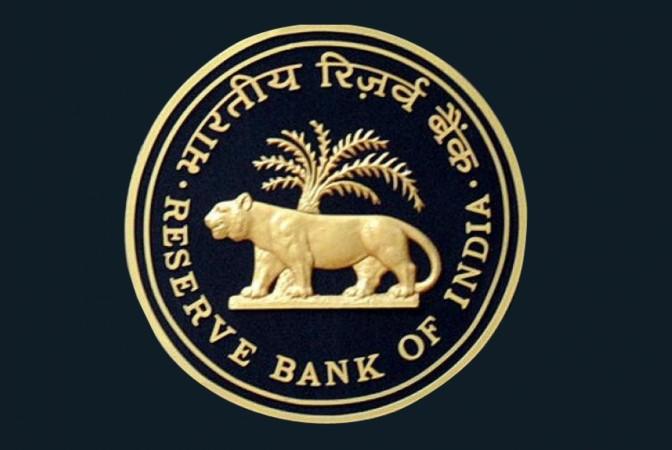The Reserve Bank of India's Monetary Policy Committee (MPC) has maintained status quo by leaving repo rate unchanged at 5.15 per cent at its sixth bi-monthly policy review meeting in February. The primary reason for the central bank's stance to hold policy rates is to rein in inflation that has crept up after 135 bps rate cut in 2019.
Retail inflation, measured by year-on-year changes in the CPI, surged from 4.6 per cent in October to 5.5 per cent in November and further to 7.4 per cent in December 2019, the highest reading since July 2014.
CPI food inflation increased from 6.9 per cent in October to 12.2 per cent in December.
"The path of inflation is, however, elevated and on a rising trajectory through Q4:2019-20. The outlook for inflation is highly uncertain at this juncture," the policy statement said.

Keeping inflation in check
This is the second time in a row that MPC has left rates unchanged. It wants to continue with its accommodative stance to keep inflation under check even as growth remains subdued.
"Economic activity remains subdued and the few indicators that have moved up recently are yet to gain traction in a more broad-based manner. Given the evolving growth-inflation dynamics, the MPC felt it appropriate to maintain the status quo," it added.
The policy decision is in line with market expectations. Experts believe, the RBI will continue with its current stance in the near-term.

"(The RBI's rate decision is) inline with expectations. It is likely to maintain a status quo in the near term. With an inflation forecast of 3.2 per cent factored in for Q3 FY21, in conjunction with our forecast, we expect RBI rate action in October 2020 monetary policy. (We) expect 25 bps rate cut then," said Shubhada Rao, chief economist, Yes Bank.
RBI Governor Shaktikanta Das has said the current stance shouldn't be considered as a pointer for future action.
"While the decision is as per expectations, it is important not to discount RBI," he added.

















